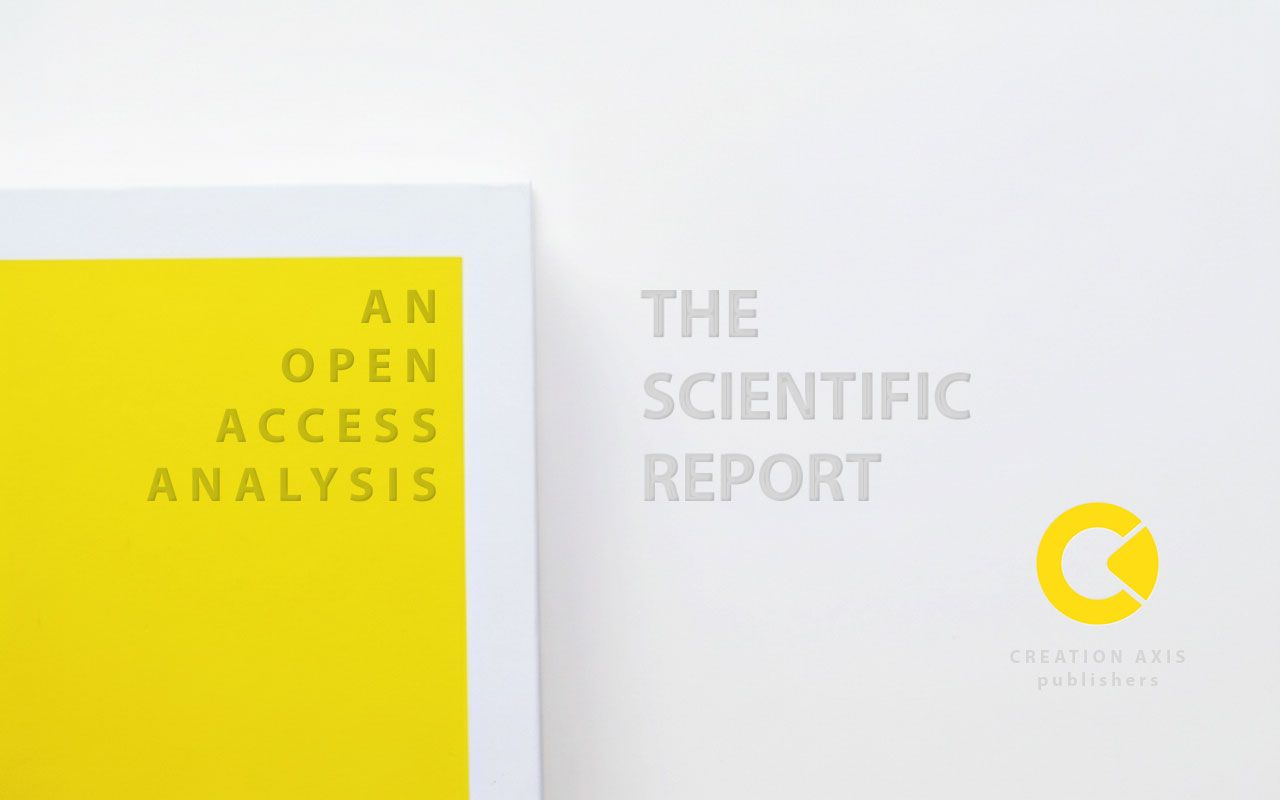The Spark Within: A Brain-Powered Phenomenon
Motivation isn’t a mystical force; it’s a series of neurochemical events. Groundbreaking research reveals that we can understand and influence the very brain circuits that control our ambition, persistence, and drive. This infographic explores the key players—from the reward-seeking chemical dopamine to the battle between our logical and emotional brains—to give you science-backed tools for achieving your goals.
The Engine of Desire: Dopamine
Contrary to popular belief, dopamine is not the “pleasure chemical” but the “motivation chemical.” Research from Stanford highlights that our brains release dopamine in *anticipation* of a reward, not just upon receiving it. This surge creates the craving and desire that propels us to act. Understanding this is key: to stay motivated, focus on the process and the potential for reward, not just the final outcome.
Dopamine’s Anticipatory Spike
Impact on Performance & Well-being
The Two Faces of Motivation
Harvard studies distinguish between two types of motivation that activate different neural pathways. Intrinsic motivation comes from within (autonomy, mastery, purpose) and is linked to higher creativity and long-term persistence. Extrinsic motivation is driven by external rewards (money, grades, praise). While effective in the short term, over-reliance on extrinsic rewards can sometimes diminish the internal satisfaction of a task.
The Brain’s Internal Tug-of-War
MIT and Johns Hopkins research illuminates the constant negotiation inside our heads between immediate gratification and long-term goals. This is a battle between two key brain systems.
The Limbic System
“The Instigator”
- ▶ Seeks immediate pleasure and avoids pain.
- ▶ Drives emotional and habitual responses.
- ▶ Powerful, fast, and automatic.
The Prefrontal Cortex
“The CEO”
- ▶ Manages long-term goals and planning.
- ▶ Regulates impulses and makes logical decisions.
- ▶ Slower, deliberate, and requires conscious effort.
Hacking Your Brain: Science-Backed Strategies
You can intentionally engage specific brain circuits to build and sustain motivation. Here are five powerful techniques based on the science.
Cultivate a Growth Mindset
Embrace challenges as opportunities to learn. Stanford’s work on mindset shows that believing your abilities can be developed strengthens neural pathways for resilience and effort.
Focus on Small Wins
Break down large goals into smaller, manageable steps. Each completed step acts as a reward cue, triggering a dopamine release that keeps you engaged in the process.
Connect to Your “Why”
Tie your goals to your core values and purpose. This activates the brain’s intrinsic motivation system, providing a deep, sustainable source of fuel that external rewards can’t match.
Visualize Success
Mentally rehearsing the process of achieving a goal strengthens the neural circuits in the prefrontal cortex associated with that action, making it easier to execute when the time comes.
Manage Your Emotional State
Recognize that feelings of frustration or anxiety are signals from your limbic system. Use cognitive reframing: label the emotion and reinterpret the situation to re-engage your prefrontal cortex.
“Temptation Bundling”
Link an activity you enjoy (like listening to a podcast) with a habit you need to build (like exercising). This creates a more powerful reward signal, leveraging dopamine to build good habits.
References
- Amabile, T. M., & Kramer, S. J. (2011). The progress principle: Using small wins to ignite joy, engagement, and creativity at work. Harvard Business Review Press.
- Dweck, C. S. (2006). Mindset: The new psychology of success. Random House.
- Miller, E. K., & Cohen, J. D. (2001). An integrative theory of prefrontal cortex function. Annual Review of Neuroscience, 24, 167–202. https://doi.org/10.1146/annurev.neuro.24.1.167
- Sapolsky, R. M. (2017). Behave: The biology of humans at our best and worst. Penguin Press.
© 2025 Antonio Caballero. All Rights Reserved.
Infographic generated for research and educational purposes. Synthesized from public research findings associated with leading neuroscientific institutions.



